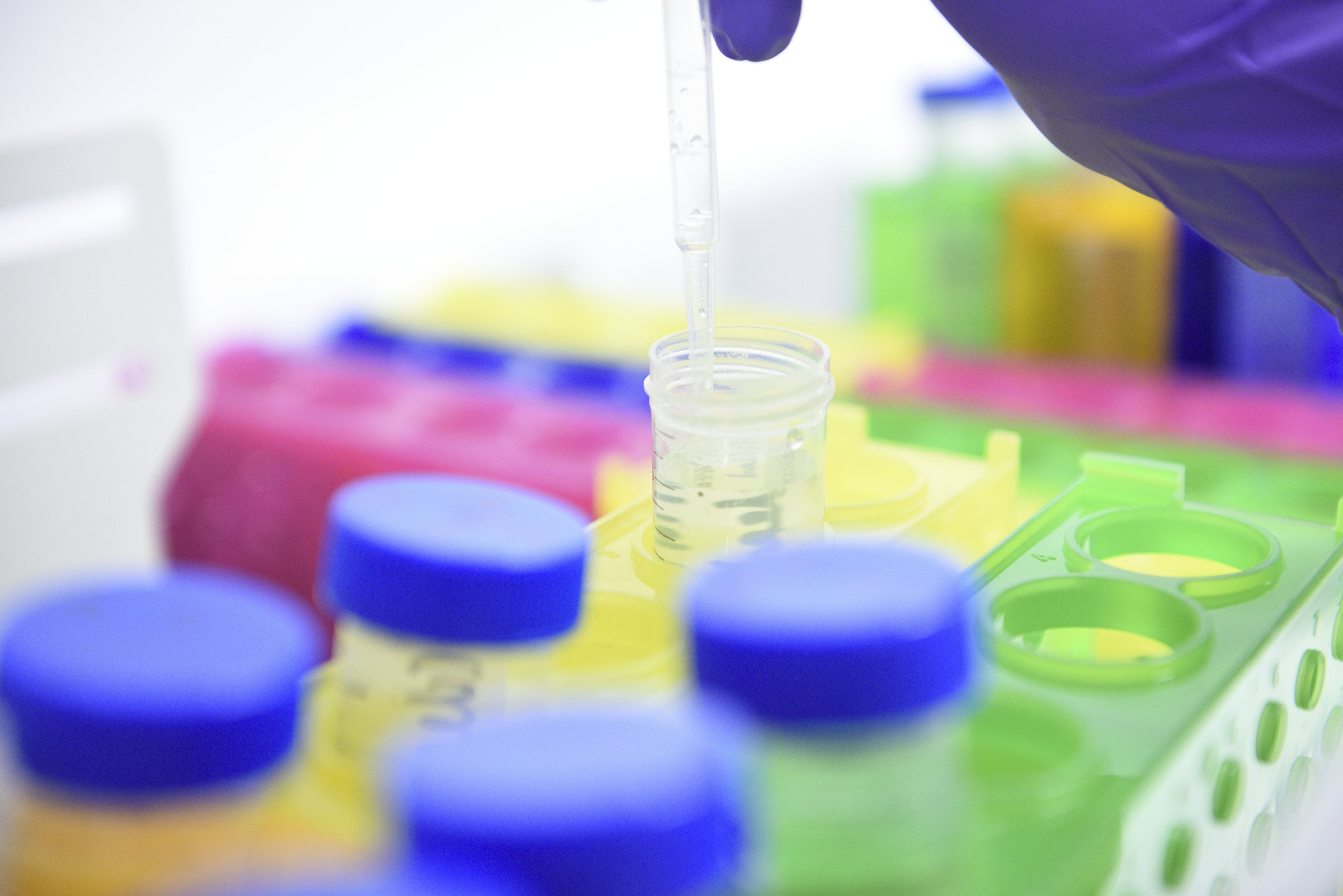The WHO (World Health Organisation) recommends the application of common antiseptic, chlorhexidine, to the umbilical cord stump, which would prevent the infection. The use of the antiseptic on the stump has been estimated to reduce omphalitis (the inflammation of the umbilical cord) by up to 50%, and the incidence of newborn mortality by 12%. But it is necessary for daily applications of the antiseptic for a week for maximum protection - which can be extremely hard to achieve in remote or traditional communities. New mothers usually accept the intervention of a birth assistant during and immediately after labour but are much less likely to continue to apply the chlorhexidine in the following days.
Thanks to a TRACK scheme award (Translational Acceleration and Knowledge Transfer) from the Elizabeth Blackwell Institute a team of researchers to progress research into a new type of cream. Dr Michele Barbour of the University of Bristol and her team have been working on a novel, longer lasting form of chlorhexidine, and they used the TRACK fund to investigate ways to make a cream that only requires a single application to remain effective for week. This could potentially vastly increase the protection afforded to newborns in remote communities. Dr Barbour used the funding to investigate a variety of chlorhexidine salts in different gels, to test for properties such as shelf life, efficiently of delivery of the antiseptic, how long it lasts and how resilient it is.
Ultimately, the project was very successful. The cream the team developed creates a coating that resists rubbing by fabric, is waterproof and will protect the baby for the first - critical - week of life. The team has spun out a commercial company, Pertinax, to begin to explore commercial feasibilities.
Dr Barbour said, “There is little appetite for new drugs and their related high costs in remote regions, so a new approach using modifications of existing treatments was necessary to try to reduce infant mortality in these areas. We hope that our new product will be able to go some way towards achieving this.”
Dr Barbour has since received several rounds of funding and investment to Pertinax as well as patents granted and assigned since the TRACK award (see further information below for details). And Dr Barbour credits the TRACK scheme with enabling the development of the project.

